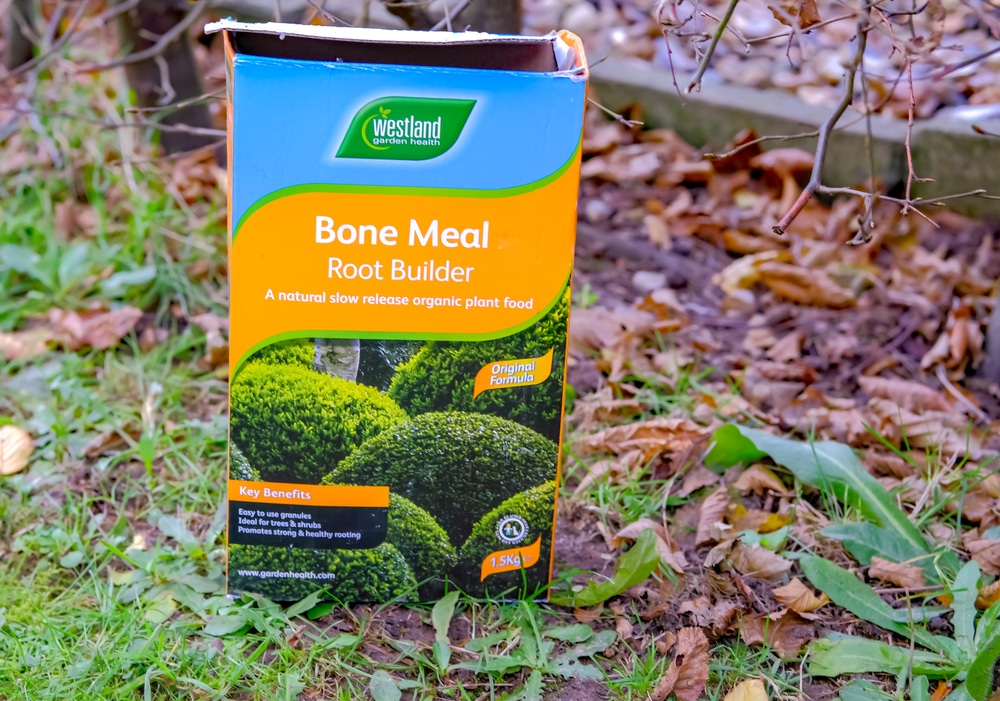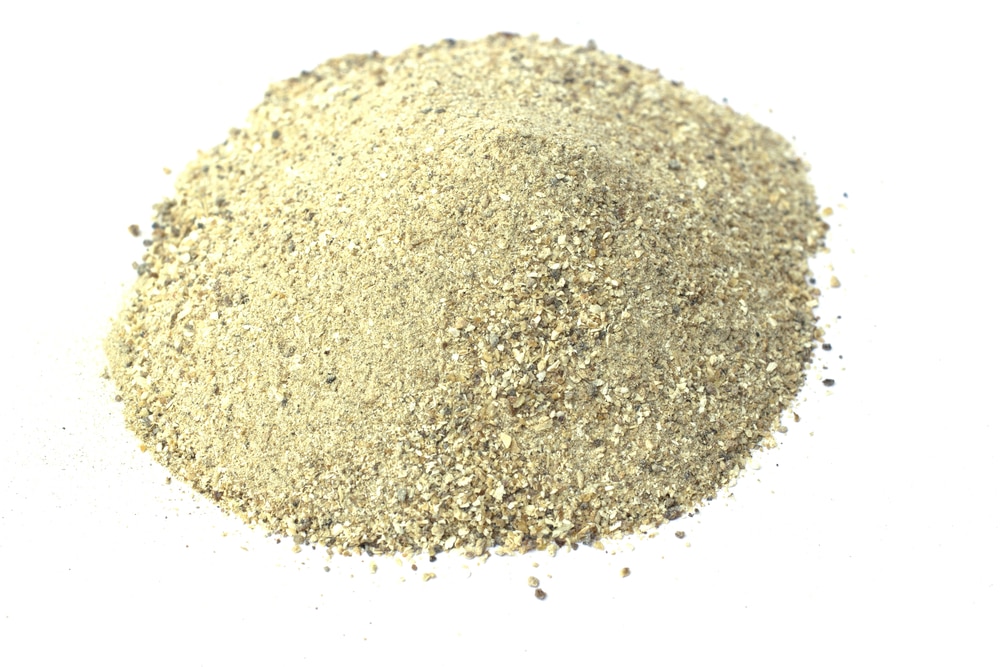There are all kinds of fertilizers on the market today that are designed to feed your plants and help them thrive.
And for ages, gardeners and farmers have been discovering various ways to fertilize their plants using everyday products from eggshells and banana peels to coffee grounds and sugar.
One product that you can use to help your plants grow is bone meal. Find out if bone meal is the appropriate soil for your plant’s needs and how much bone meal to add to the soil.
What Is Bone Meal?

Bone meal gets made of the bones of slaughtered animals. These bones are cooked, sterilized, and ground into a fine powder rich in calcium and phosphorus. These nutrients can significantly benefit plants, helping them grow strong and improve production.
Bone meal fertilizer is a popular option for gardeners because it’s all organic and does not contain any harmful chemicals. The fertilizer breaks down slowly, so it lasts a long time.
Is Bone Meal Beneficial to Plants?
There are several benefits to using bone meal fertilizer in your soil. As we mentioned above, bone meal is full of calcium. Calcium is good for humans to consume, but it’s also excellent for plants.
Calcium can help strengthen the cell walls of your plants. In turn, your plants will grow strong and sturdy and thrive in their environment.
Likewise, bone meal has a lot of phosphorus. This nutrient is critical in several plant functions, including those of the roots, flowers, and seeds. It’s also helpful during the process of photosynthesis.
Bone meal fertilizer also contains iron, zinc, and magnesium, all of which feed the microbes that naturally live in the soil. That encourages microbial growth and can increase the quality of the soil.
Can Bone Meal Be Bad for Plants?
Overall, bone meal is a pretty good fertilizer. But it may not be the best choice for soils with a high pH level. Bone meal works well in acidic soil with a pH of seven or less, but it’s not impactful in alkaline soils.
And since bone meal comes from animal byproducts, using it in your garden may attract unwanted animal attention – including your family dog. It could cause certain animals to dig in your garden beds.
How Much Bone Meal Should I Add to Soil?
Since bone meal breaks down so slowly, you only need to apply it to your plants once per year. The fertilizer will continue to break down throughout the season, giving your plants a continuous source of extra nutrients.
You typically don’t need a lot of bone meal in your soil for it to be effective on your plants. For springtime plants, particularly those with bulbs, all you need is half a teaspoon spread in the soil around your plant. Do this once in the fall and once more in the spring.
For all other plants, use about one tablespoon per two square feet of soil. Sprinkle the bone meal fertilizer on the soil and rake to spread it evenly around your plants. Water it after spreading to kickstart the decomposition process.
You can also mix bone meal directly into your soil before you plant or mix it with other fertilizers. Bone meal works well with a nitrogen-rich fertilizer.
Final Thoughts
Because bone meal contains a significant amount of nutrients and elements, people often use it to supplement their health. But bone meal can make an excellent soil fertilizer if you use it correctly.
Try adding bone meal to your plants or garden to give it an extra boost. You may see some impressive results. You may also be interested in finding out whether you can compost bones.
